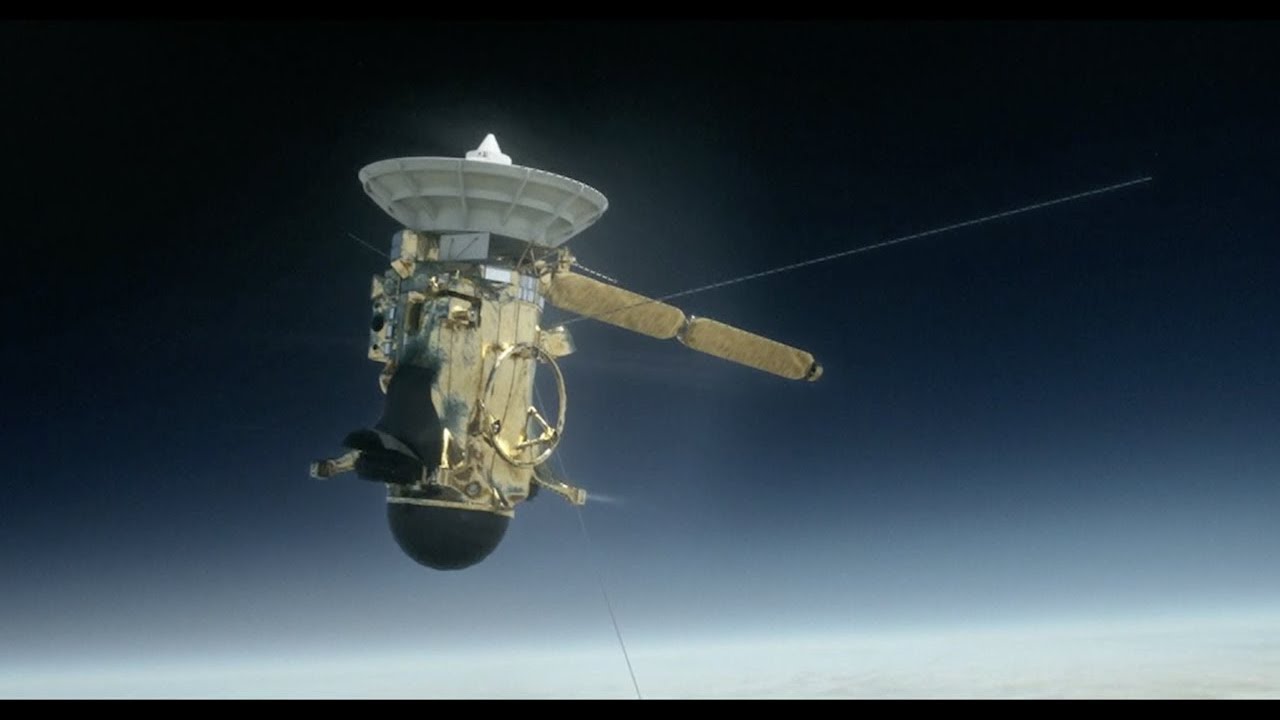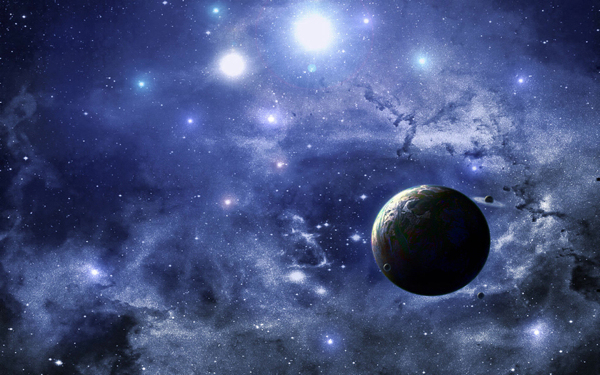
It is speculated that most galaxies in the universe have a black hole at their center; including our home, the Milky Way. Occasionally, two galaxies will get a little too close for comfort and merge together. Astronomers at the University of Maryland have seen one of these galaxy mergers and believe that, as a result, they have observed one of the few examples of two supermassive black holes locked in orbit around each other.
Suvi Gezari, co-author of the new study published in Astrophysical Journal Letters, commented that, “We believe we have observed two supermassive black holes in closer proximity than ever before.”
The possibility of a supermassive black hole merger is made more compelling by the existence of a pulsating quasar found amongst the galaxy merger. Black holes, due to their incredible mass and gravitational attraction, greedily swallow up anything and everything that wanders in their path. Quasars emerge from all this heat and acceleration of matter from the black hole merger.
The quasar in question, PSO J334.2028+01.4075, brightens and dims like a flashing siren, but instead of a period of seconds, it has a period of 542 days (the time it takes for a quasar to go from its brightest luminosity to its darkest and back to the brightest again). This quasar is estimated to surround a black hole with a mass around 10 billion times bigger than the mass of our sun.
Tingting Liu, UMD astronomy graduate student and the paper’s first author said, “The discovery of a compact binary candidate supermassive black hole system like PSO J334.2028+01.4075, which appears to be at such close orbital separation, adds to our limited knowledge of the end stages of the merger between supermassive black holes.”
The binary black hole pair are gravitationally bound to each other, which may lead to exciting observations in the future. In particular, the researchers hope to finally shed some light on something called ‘The Final Parsec Problem.’ The final stages of a black hole collision are currently unknown; theoretical models have trouble predicting what this cosmic event would look like.
Gezari speculated further on the future of this merger: “This pair of black holes may be so close together that they are emitting gravitational waves, which were predicted by Einstein’s theory of general relativity.” We have yet to discover gravitational waves—ripples in space-time that distort the path of light traveling through the universe, like the light emitted from quasar PSO J334.2028+01.4075. The observations of this epic galaxy merger could provide valuable data to further this research.
Via IFL Science






